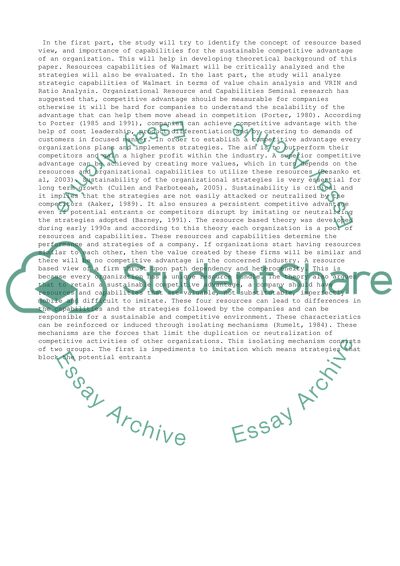Cite this document
(“Managing Capabilities Essay Example | Topics and Well Written Essays - 3000 words”, n.d.)
Managing Capabilities Essay Example | Topics and Well Written Essays - 3000 words. Retrieved from https://studentshare.org/management/1477635-managing-capabilities
Managing Capabilities Essay Example | Topics and Well Written Essays - 3000 words. Retrieved from https://studentshare.org/management/1477635-managing-capabilities
(Managing Capabilities Essay Example | Topics and Well Written Essays - 3000 Words)
Managing Capabilities Essay Example | Topics and Well Written Essays - 3000 Words. https://studentshare.org/management/1477635-managing-capabilities.
Managing Capabilities Essay Example | Topics and Well Written Essays - 3000 Words. https://studentshare.org/management/1477635-managing-capabilities.
“Managing Capabilities Essay Example | Topics and Well Written Essays - 3000 Words”, n.d. https://studentshare.org/management/1477635-managing-capabilities.


